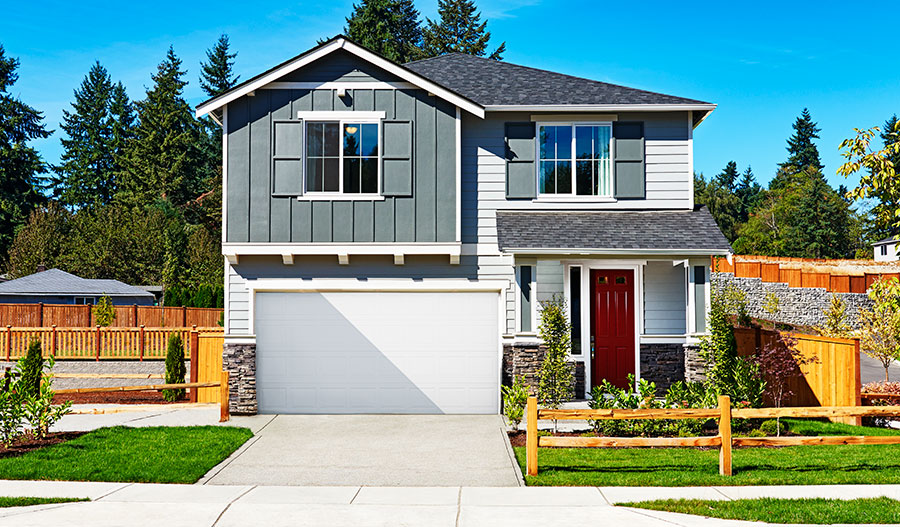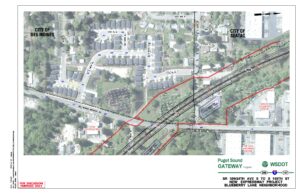 https://www.richmondamerican.com/washington/seattle-tacoma-new-homes/des-moines/blueberry-lane
https://www.richmondamerican.com/washington/seattle-tacoma-new-homes/des-moines/blueberry-lane
It looks so nice–because you can’t hear a JPEG. 😀
Next time you are driving through Des Moines, pass by this development at 196th and Des Moines Memorial Drive. This area is directly under the flight path at prox. 600 ft of altitude, which now makes it officially the housing estate closest to the belly of any passing jet (remember that the runways are prox. 400 ft above sea level so this will look and feel like 200 ft.)
To put that into perspective, the people at Noise Monitor #17 @ 207 & 12th are at 760 ft and they get regular noise ratings well over 100 db. On homes built in the 80’s there is damage to windows and other fascia from the massive vibrations going over 300-400xs a day.
Why would anyone build on Blueberry Lane? Ask the City of Des Moines. They rezoned the area from commercial/light industry to residential. We find that decision questionable to say the least. Most buyers only visit properties a few times before signing and have no idea what they are in for. We have an implicit trust that the city will only permit developments that are safe.
Some background: In exchange for offering sound insulation funding, the FAA requires eligible cities to institute similar sound insulation requirements into their Building Code. That way, any new construction will get the same benefits of existing housing. Get it? They pay for sound insulation on existing homes, but they don’t want Federal taxpayers to be subsidizing developers. When Port Packages were installed en masse during the Third Runway, Des Moines, Burien and Sea-Tac all updated their building codes to those recommended standards.
However, in 2012, the City Of Des Moines passed Ordinance #1539 which repealed the sound code portion of their Building Code. Why? The City Council said that developers claimed that they could not profitably build in Des Moines otherwise. Apparently, no one bothered to look over at Burien and Sea-Tac. Neither rescinded their sound codes and both continued to build homes at the same brisk pace as Des Moines.
So houses in Blueberry Lane (and everywhere else in Des Moines since 2012) were, and are, built without the previous requirements for basic noise mitigation! So under the current *FAA/Port Of Seattle policy they will never qualify for a Port Package to help mitigate the noise.
Now here’s the kicker: the developer offered an optional noise reduction package to prospective buyers. How in the world is a prospective buyer, most likely unfamiliar with life underneath one of the busiest flight paths in the world, supposed to assess whether or not they should pay the added money? Even to make sound insulation optional suggests that it is some form of ‘luxury’ one can do without rather than a basic element of good health and safety.
Not to mention the fact that, just as Blueberry Lane was finishing up in 2014, Sea-Tac Airport began the biggest growth spurt in its history.
Could it get any worse? Yes it could. That area was explicitly set aside by WSDOT in 2003 as the final path for SR-509. That path was chosen because it was supposed to be far away from residential zones. So WSDOT never set aside a strip of land for a noise wall as they did for other stretches of the freeway (eg. SeaTac.) And, when the City of Des Moines re-zoned the area, neither did they! The City allowed the developer all the land right up to the SR-509 boundary. Which means: if the residents want a †noise wall (est. price tag in 2019 $6.7M) they will have to pay for it themselves.
Your leaders can say whatever they want, but you have to look at what they actually do. As we wrote, residents place an implicit trust in their city to keep them safe. If your own city leaders don’t see a problem with something this blatant, how can you expect residents to know what to think?
*You can’t really blame the Port for this policy. Port Packages are based on AIP Grants from the FAA. They were designed to mitigate older homes. The FAA demands that in cities which offer these programs, the municipal governments upgrade their building code to the level of a home with a Port Package. In other words, new homes should have at least as good sound remediation properties as older homes with Port Packages. The FAA assumes that cities will look out for their homeowners and thus save taxpayers from having to pay for future Port Packages based on cheaper construction.
†One other note regarding that noise wall. There are occasions where cities play a sort of ‘game of chicken’. They allow for something super-terrible (like not providing an easement for a noise wall) with the thought that surely the State will eventually swoop in a save the day. This is shameful for the simple reason that cities can only go to the well so often. In other words, if your State Senator lobbies for that noise wall, that’s millions of dollars your city will not get for spending on things like parks and other important programs.
